Curt Wentrup (School of Chemistry and Molecular Biosciences, The University of Queensland)
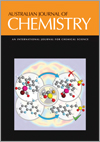
Australian Journal of Chemistry
Volume 75 Number 11 2022
Special IssueRACI and AAS Awards 2020–2022
Curt Wentrup (School of Chemistry and Molecular Biosciences, The University of Queensland)
CH22141Australian chemistry and drug discovery towards the development of antimalarials†

Malaria is a devasting disease that causes significant morbidity and mortality worldwide. New therapies are urgently needed, because of the emergent resistance against current frontline therapies. This perspective highlights the contributions of Australian chemists and drug discovery experts to the field of antimalarial development.
CH22141 Abstract | CH22141 Full Text | CH22141PDF (2.1 MB) Open Access Article
CH22140Cation effect on the electrochemical reduction of polyoxometalates in room temperature ionic liquids†

The electrochemical properties of polyoxometallates have been studied in 12 room temperature ionic liquids (RTILs). Clear trends in both the kinetics and thermodynamics of the reduction processes suggest interactions of the highly negatively charged reduction products with the positively charged RTIL cations, with imidazolium cations having the strongest effects.
CH22140 Abstract | CH22140 Full Text | CH22140PDF (2 MB) | CH22140Supplementary Material (1.2 MB) Open Access Article
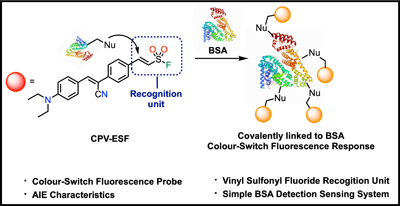
This work reports the development of a small-molecule fluorescent probe bearing the unique β-arylethenesulfonyl fluoride unit for fluorescence colour switching and its application for the labelling and detection of bovine serum albumin.
CH22165 Abstract | CH22165 Full Text | CH22165PDF (1.6 MB) | CH22165Supplementary Material (1.6 MB) Open Access Article

Herein disclosed is the isolation of the 2-azabicyclo[4.2.0]octa-4,7-diene skeleton derived from the photochemical irradiation of 2-vinyl-1,2-dihydropyridine. A cascading 6π–8π–4π electrocyclic rearrangement is proposed as the mechanistic rationale. This is the first observation of this ring system.
CH22139 Abstract | CH22139 Full Text | CH22139PDF (913 KB) | CH22139Supplementary Material (1.9 MB) Open Access Article
CH21332The duhka of DFT: a noble path to better functionals via a point electron approximation for the exchange–correlation hole † , ‡

In this highlight we briefly review the strategies used for developing better DFT methods and outline future directions based on a conceptually simple method for calculating the exchange–correlation hole.
CH21332 Abstract | CH21332 Full Text | CH21332PDF (946 KB) Open Access Article
CH22126Stable organic radicals and their untapped potential in ionic liquids
 , Natasha Hoffmann, Wesley J. Olivier, Stuart C. Thickett
, Natasha Hoffmann, Wesley J. Olivier, Stuart C. Thickett  , Debbie S. Silvester
, Debbie S. Silvester  and Rebecca O. Fuller
and Rebecca O. Fuller 
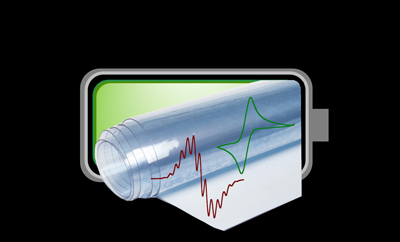
The next generation of energy storage with stable organic radicals offers flexibility and lower costs compared to current lithium battery systems. This highlight showcases the recent developments of using ionic liquids to improve the stability and reversibility of the redox process.
CH22126 Abstract | CH22126 Full Text | CH22126PDF (1.2 MB) Open Access Article
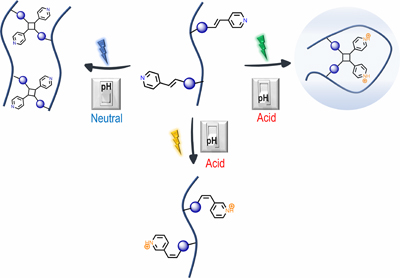
The photochemical reaction pathways of heterocylic N-containing stilbene functions under visible light irradiation can be controlled by pH and the proximity of the reacting moieties.
CH22103 Abstract | CH22103 Full Text | CH22103PDF (1.6 MB) Open Access Article
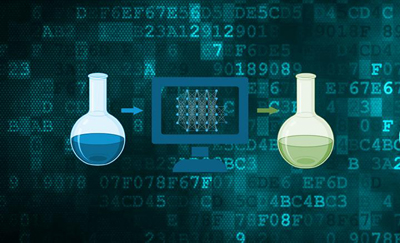
Machine learning algorithms can learn complex relationships between physicochemical and process parameters and their useful properties for an extremely diverse range of molecular entities. Both the breadth of machine learning methods and the range of physical, chemical, materials, biological, medical and many other application areas have increased markedly in the past decade.
CH22138 Abstract | CH22138 Full Text | CH22138PDF (3.7 MB) Open Access Article
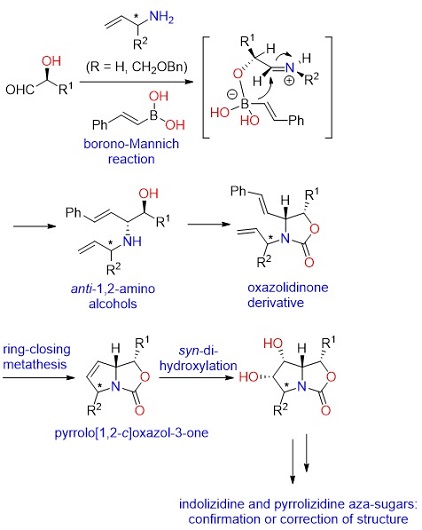
This Account highlights the work of Stephen G. Pyne on nitrogen heterocycles and alkaloids over 37 years at the University of Wollongong, NSW, Australia.
CH22144 Abstract | CH22144 Full Text | CH22144PDF (1.7 MB) Open Access Article



